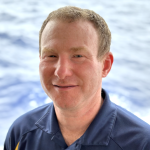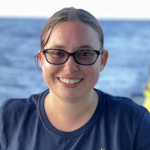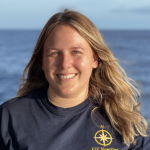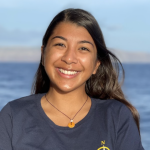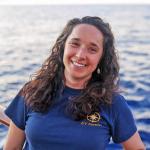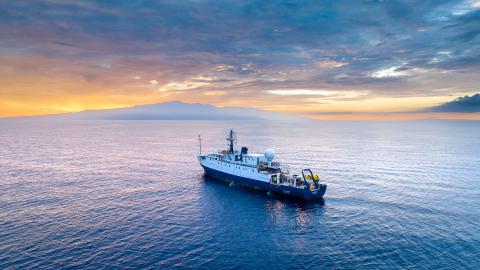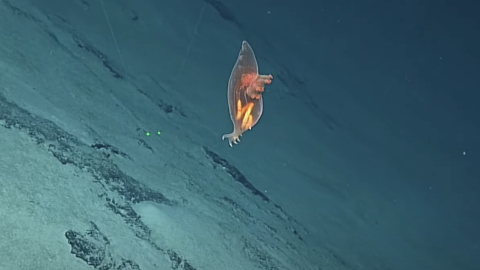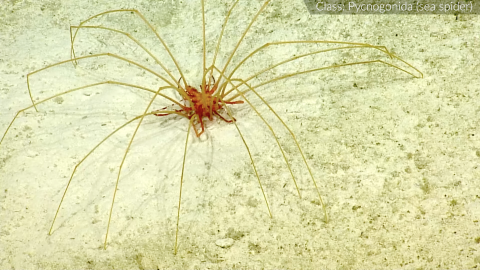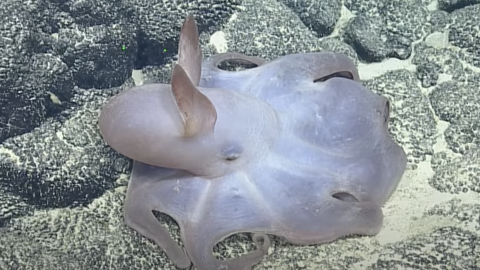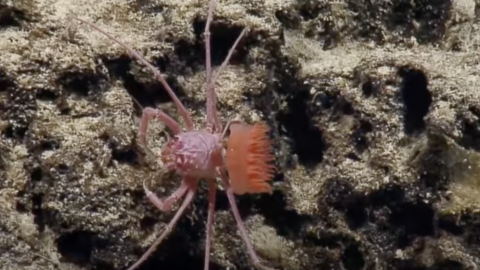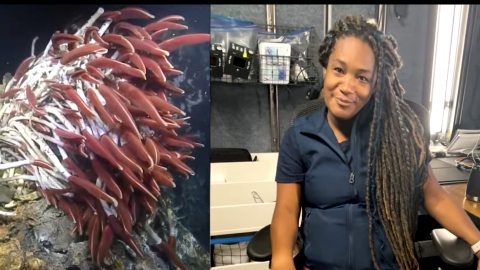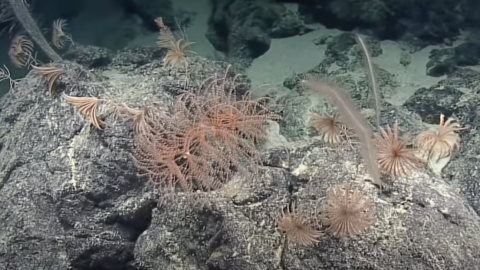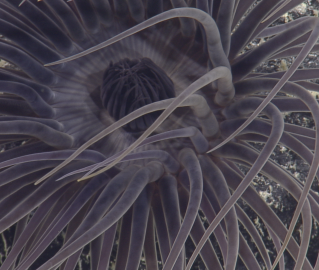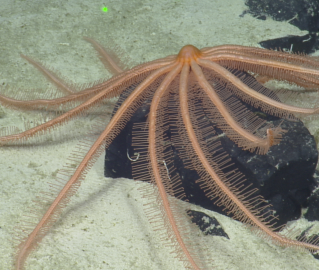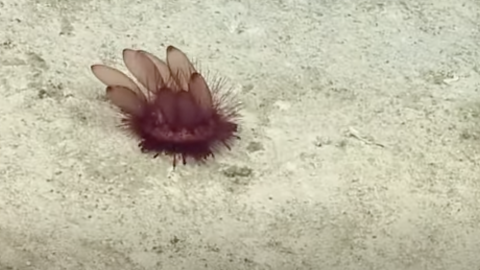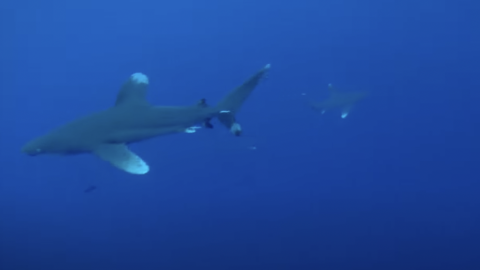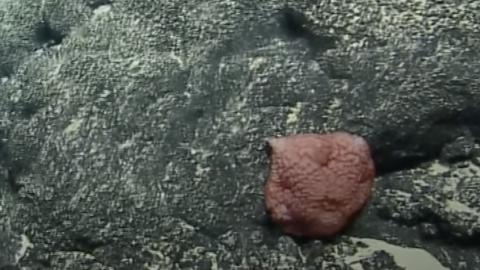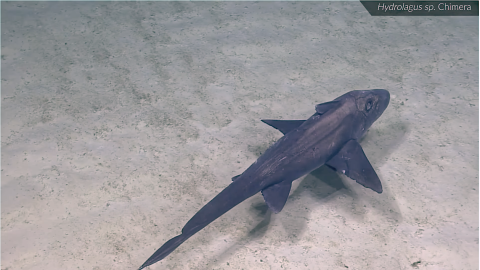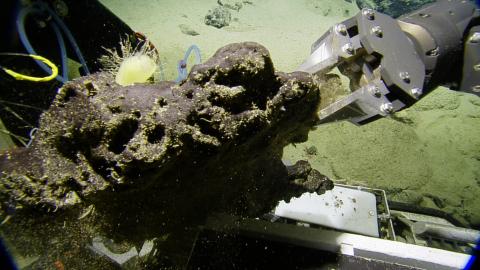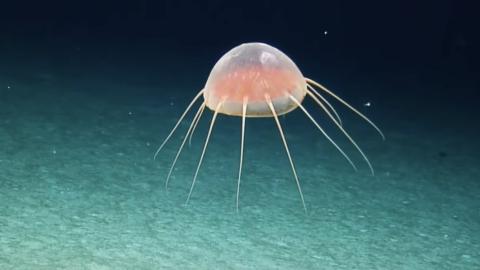The deep-water areas around Kingman Reef and Palmyra Atoll are within one of the largest marine protected areas in the world, the Pacific Remote Islands Marine National Monument (PRIMNM). Despite a growing number of expeditions to explore deep-sea environments of the PRIMNM, including a 2019 Nautilus expedition, many areas remain unexplored. This expedition will continue to advance our understanding of the regional ocean exploring areas in the US Exclusive Economic Zone but inside and outside the protection of PRIMNM which have never been surveyed with ROVs or submersibles. This project will directly support the National Strategy for Ocean Mapping, Exploring, and Characterizing the United States Exclusive Economic Zone by conducting high-resolution, in situ exploration and characterization in areas that meet the goals of the Ocean Exploration Cooperative Institute.
Exploration areas are within the Prime Crust Zone, an area of the Pacific with the oceanographic conditions observed to concentrate deep-sea minerals, including economically valuable metals and rare earth elements like iron-manganese (FeMn) and cobalt-rich mineral crusts. Collecting and studying rock specimens will help address questions about thickness and composition of FeMn and Co-rich crusts and ground truthing where they occur. ROV Hercules’ observations and samples will be important to understanding the complex geological history, including the origins of, the seamounts of the Line Islands.
Additionally, our Corps of Exploration will use ROV video to document and characterize sensitive habitats within these areas in order to support management and conservation efforts. We will assess targeted biology through voucher specimen collection with the hope of identifying new species and enhancing our knowledge of species’ biogeographic range. Observations will contribute to understanding many questions about the biodiversity and connectivity of deep water coral and sponge communities in PRIMNM and across the Central Pacific region. The questions of biological connectivity are particularly relevant as the area contains rich biodiversity and is the closest deep water marine protected area to Papahānaumokuākea Marine National Monument and in the same region as Kiribati’s Phoenix Islands Protected Area.
This expedition is funded by NOAA Ocean Exploration via the Ocean Exploration Cooperative Institute.


